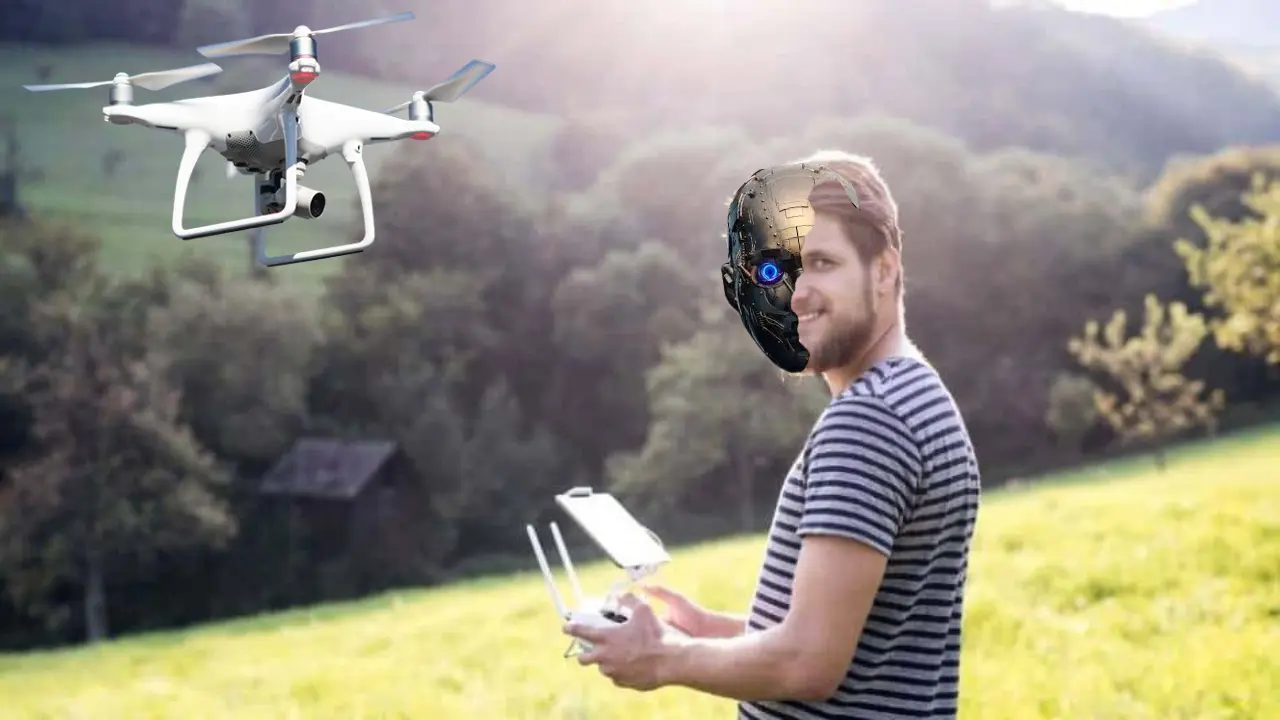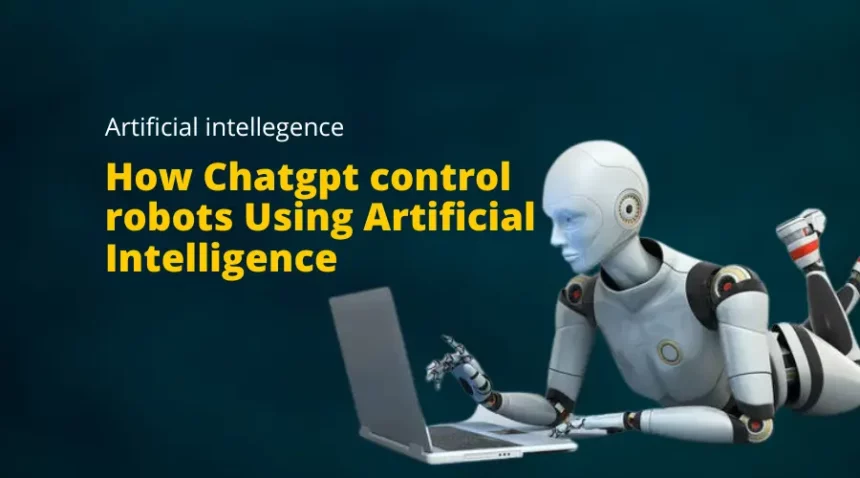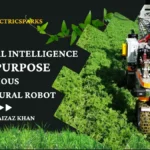Amidst OpenAI’s ChatGPT’s capability of providing intelligible written replies to natural language queries, the software has demonstrated its proficiency in human-to-robot discussions and programming code generation for robot operations through sensor information. To explore ChatGPT’s potential beyond textual communication, Microsoft has initiated research in which the collaboration between Chatgpt control robots Using Artificial Intelligence.
Microsoft’s researchers set out to test whether ChatGPT users, who lack expertise in robotics and programming languages, can operate robots. Now, they’re going one step further by unleashing ChatGPT into the real world beyond the confines of a computer. The tech industry is already excited about this Microsoft-OpenAI collaboration, which promises to fuel the AI revolution.
According to Microsoft researchers, the project aims to determine whether ChatGPT can reason about the physical world and assist with robotics tasks. They envision a future where everyday individuals can issue commands to their home robots, such as “please warm up my lunch,” and watch the robot complete the task from start to finish.
The capacity of ChatGPT to engage in various tasks related to computer programming, including debugging and development in different programming languages, can be attributed to its training in extensive amounts of human language, including software code. The researchers at Microsoft sought to explore whether ChatGPT’s proficiency could be leveraged to create software that operates robotic hardware, There might be question arising in their mind that it might replace programmers and it might have a Threat to Jobs. While the AI model can perform many tasks independently, the researchers discovered that it still requires human assistance.
To assist ChatGPT in creating computer code, the researchers initially presented it with a text prompt that listed available functions from a high-level library, as well as the objective of the task. The researchers may also specify any task conditions or the expected response format in the question provided to ChatGPT.
In various demonstrations, the scholars employed an approach which included creating computer code to regulate an airborne crewless vehicle with the assistance of ChatGPT. First, the Microsoft researchers presented the AI chatbot with a lengthy prompt describing the computer codes it could utilize to control the drone.

Subsequently, the researchers could dictate various directions to ChatGPT, guiding it to operate the robot differently.
Microsoft researchers have published an article outlining recommendations for constructing a functional ChatGPT prompt to manage robots. They requested ChatGPT to detect beverages such as beer and coconut water through the drone’s camera as part of their experimentation. Furthermore, the team has created an open-source GitHub portal where people can share examples of prompting tactics for various robotics categories.
Currently, the researchers are advising against using ChatGPT to control robots. The paper’s authors emphasize that these tools should have little control over the robotics pipeline, particularly in safety-critical applications. It is because large language models (LLMs) often produce erroneous responses, making it necessary to ensure the solution’s quality and the code’s safety under human supervision before deploying it on a robot.








